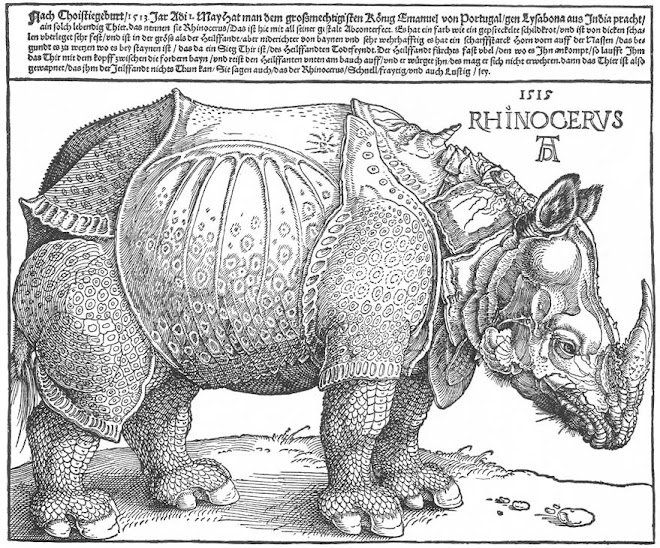The true history of the prince Minotaur is told in the script Linear A, which has not yet been deciphered. Notwithstanding later gossip he was the authentic son of King Minos and Pasiphaë. The boy was born healthy, but with an abnormally large head which the fortune-tellers interpreted as a sign of future wisdom. In reality, with the years the Minotaur grew into a strong and somewhat melancholy―nitwit. The king decided to turn him over to the priesthood. But the priests explained that they could not admit the abnormal prince because it would lower the authority of religion, which had already been damaged by the invention of the wheel.
Consequently, Minos brought over an engineer then fashionable in Greece, Daedalus―creator of a noted branch of pedagogical architecture. This is how the labyrinth was built. By a system of corridors, from the simplest to the more complicated, by a difference in levels and a staircase of abstractions it was supposed to initiate the prince Minotaur into the principles of correct thinking.
So the miserable prince mooned about in the corridors of induction and deduction, pushed by his preceptors; he looked at the instructive frescoes with a vacant stare. He didn’t understand a thing.
When King Minos had exhausted all his resources he decided to get rid of the disgrace to the family. He brought over (also from Greece, which was famous for capable people) the skilful murderer Theseus. And Theseus killed the Minotaur. On this point, myth and history are in agreement.
Through the labyrinth―by now an unnecessary school primer―Theseus returns carrying the huge, blood-stained head of the Minotaur, its eyes bulging, where for the first time wisdom began to sprout―which usually is brought by experience.
~~~
"History of the Minotaur" by Zbigniew Herbert, Warsaw 1974, translated by John & Bogdana Carpenter, Oxford University Press, 1993.



+--+Albrecht+D%C3%BCrer.bmp)
